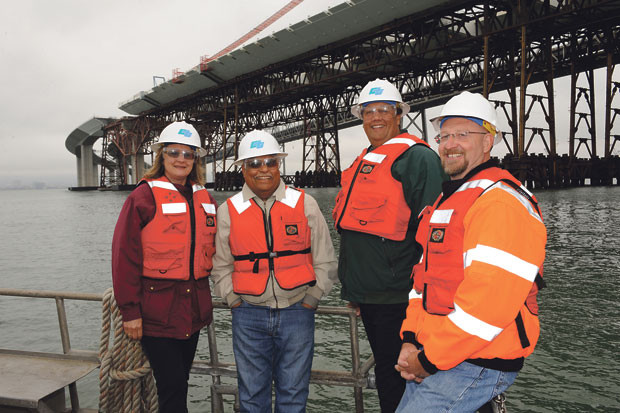Some of the most frequently asked questions we hear are triggered by the disparities between the insurance coverage available to design professionals and the demands made for coverage by general contractors and their standard contracts.
This is a nuanced area, and you should call your local a/e ProNet broker if you have specific questions. In the meantime, here are a few quick answers to the biggest FAQs concerning this issue:
Is it wise of General Contractors to require professional subconsultants to sign their usual sub-contract form?
No. Contractors that require the use of the same contract form used for construction sub-contractors may unwittingly void the precise coverage they are seeking from their design professional. Professional Liability (Errors & Omissions, or E&O) policies for design professionals typically exclude warranties and guarantees, which are generally an integral part of construction sub-contracts. If the design firm “agrees” to the warranties and guarantees or any other responsibility excluded by their professional liability policy, the design firm will be assuming the defense costs and payment obligations if an award is granted by the courts.
The General Contractor has requested to be named as an “Additional Insured” on my professional liability policy. Can I accommodate this request?
It is not a good idea to name the contractor as an additional insured in the sub-consultant’s design E&O policy, because an “Insured vs Insured” exclusion exists in virtually all design E&O policies. If the contractor believes he has a cause of action against his subconsultant design firm, this exclusion will eliminate coverage for both the contractor and the design firm.
How can the General Contractor protect themselves?
The General Contractor may purchase Contractor’s Professional Liability insurance. This will protect the General Contractor from vicarious liability claims from third parties and also solves the problem of the “Insured vs Insured” exclusion that would apply if the contractor brings an action against the subconsultant design firm, when named as an additional insured. Another benefit is a separate set of insurance limits. The General Contractor would have their own set of insurance limits that would not be subject to dilution or reduction from other claimants against the design professional’s E&O policy covering their general practice.
Why would the General Contractor need Professional Liability coverage?
Several reasons:
The General Contractor has the same “vicarious liability” for the negligent acts, errors or omissions of their professional subconsultants as they do for the non-professional subcontractors.
The General Contractor cannot rely solely on the hold harmless indemnity clause in the contract document. The hold harmless may not be enforceable in certain jurisdictions because of the language of the indemnity clause.
The subconsultant may not have sufficient insurance or their policy limits may be reduced or exhausted from other claims.
The subconsultant’s policies may be cancelled by the carrier giving notice or for non-payment of premiums. The General Contractor is then left with a false sense of security if they rely on the general liability insurance of the subconsultant, which excludes professional design activities and responsibilities.
Meeting halfway, in this case, really involves helping everyone acquire appropriate coverage. If you are a General Contractor in need of Professional Liability (E&O) insurance, or if you are a design professional who needs someone to explain all this to a General Contractor demanding such ill-advised insurance/contract decisions, please don’t hesitate to call on us.
More answers to Frequently Asked Questions can be found on our FAQ page.








